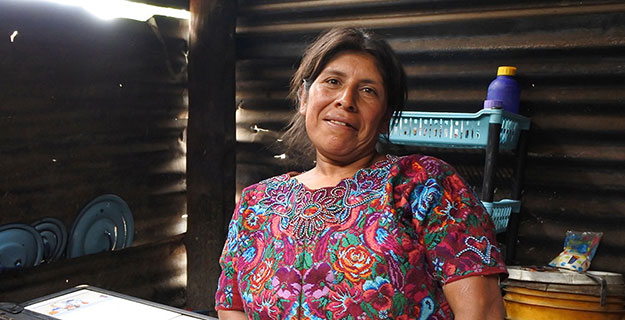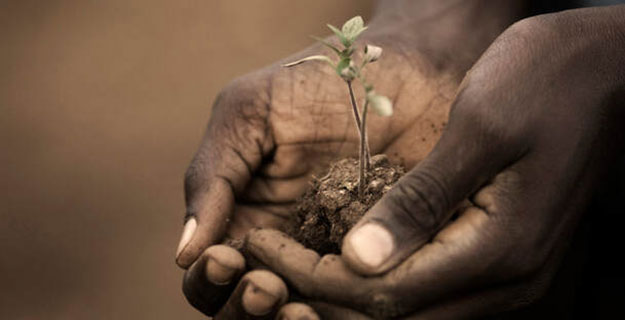We All Have a Role to Play
Carbon offsets are used to compensate for the greenhouse gasses that we create through certain activities, such as flying. For every tonne of carbon released into the atmosphere, an ‘offset’ is a carefully designed project that absorbs or stores the equivalent CO2 emissions. You can choose to offset your own flight, your whole family’s, or do this as a gift for a friend.
Offset Your Emissions In Two Simple Steps
Calculate Your Carbon Emissions & Offset
Enter your travel details in the carbon calculator below to determine the level of offsets you require for your flight.
Donate To the Project of Your Choice
Decide which DWC carbon capture project you would like to apply your carbon offset toward & make your donation.
Our Carbon Offset Projects

Light Up Guatemala
Globally, nearly three billion people use polluting, inefficient stoves or open fires to cook their food. In Guatemala, more than half of families rely on open fires to cook. Approximately, one ton of firewood per-person per-year is used for cooking and heating. Light up Guatemala installs clean-burning eco-stoves into households living below the poverty line. The stove requires 70% less wood than an open fire. It filters and then channels the smoke outside the home so that families are not breathing in toxic smoke. Learn More

Forever Green
Over the past 30 years, 420 million hectares of forest have been cut down worldwide. In Kenya, only 7% of the country is covered by trees. DWC’s Forever Green program is supporting local communities as they restore the forests of Mt. Kenya. Each spring, saplings are planted and cared for in a locally-run nursery. In the rainy season, volunteers and community members work side by side to plant trees in predesignated sites across Mt. Kenya. This project is critical in the fight against climate change. Learn More
Carbon Calculator Enter Your Flight Details to Calculate Your Emissions
Carbon Offset FAQ’s
